New Frontiers: Why Batad and Hungduan are Worth Your Time and Effort
Batad and Hungduan may not be the name on everybody’s lips when it comes to Northern adventures, but they are proof that there is always merit in trying something new.
by Ria Gamboa | December 21, 2016
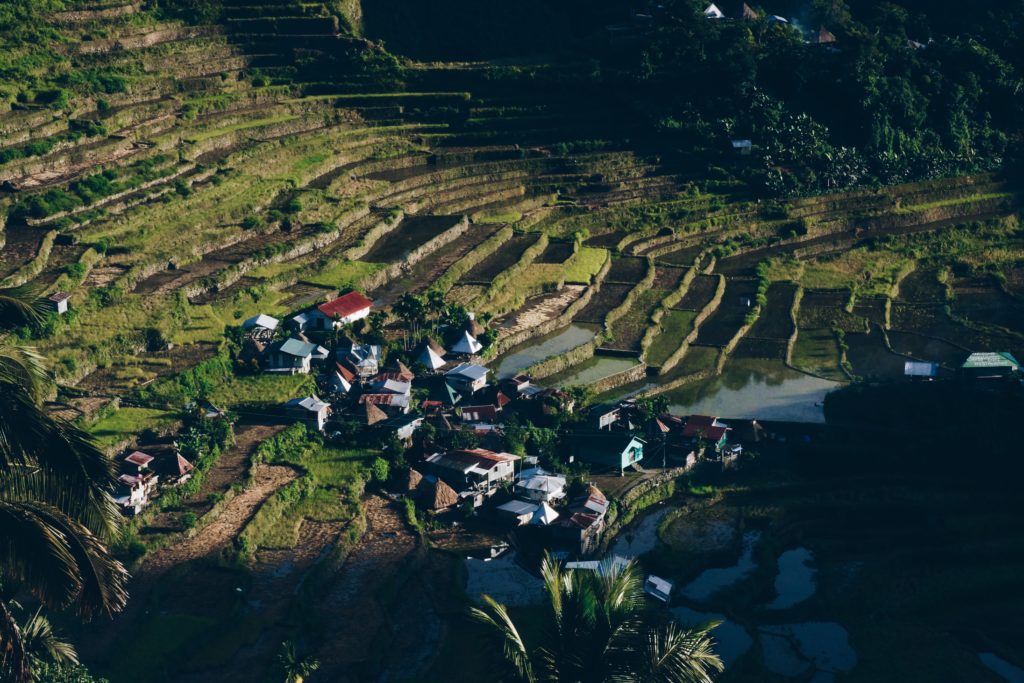
We’ve long seen it atop best places lists for adventure travel, but the past couple of years have sent the Ifugao province to the top of must-see destination rosters. But before its rise to thrumming cultural center and before Angelica Panganiban famously lamented: “where do broken hearts go?” into a foggy abyss, the Northern province was simply a patchwork of sleepy mountainside villages whose pristine landscapes have now been listed as UNESCO World Heritage sites.
While Banaue remains the center of the rich Ifugao culture, tourism now shapes the town, with people flocking in from all over the Philippines and the world just to get a glimpse of the emerald rice terraces. Fortunately, it’s easy to leave much of the crowd behind by escaping to more remote destinations.
Together with my usual travel group, our tour coordinator #WheresFrankiePH took us on an intrepid exploration that through the towns of Hungduan and Batad — lesser-known destinations up North but equally as magical.
DAY 1
Manila to Banaue
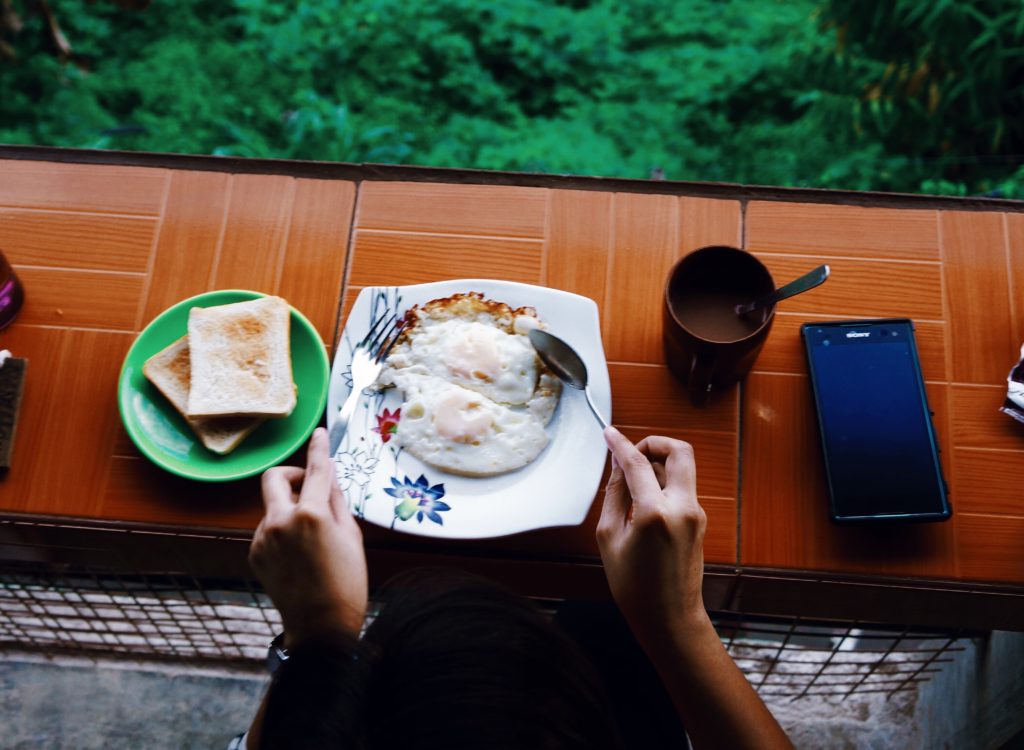
The trip began in Manila where we took the 9 p.m. Ohayami bus to Banaue. In Banaue, we had the pleasure of having breakfast at Heaven’s restaurant, which has an outdoor seating area that overlooked the famed terraces. Safe to say, our appetite for adventure was set into high gear.
Banaue to Hungduan
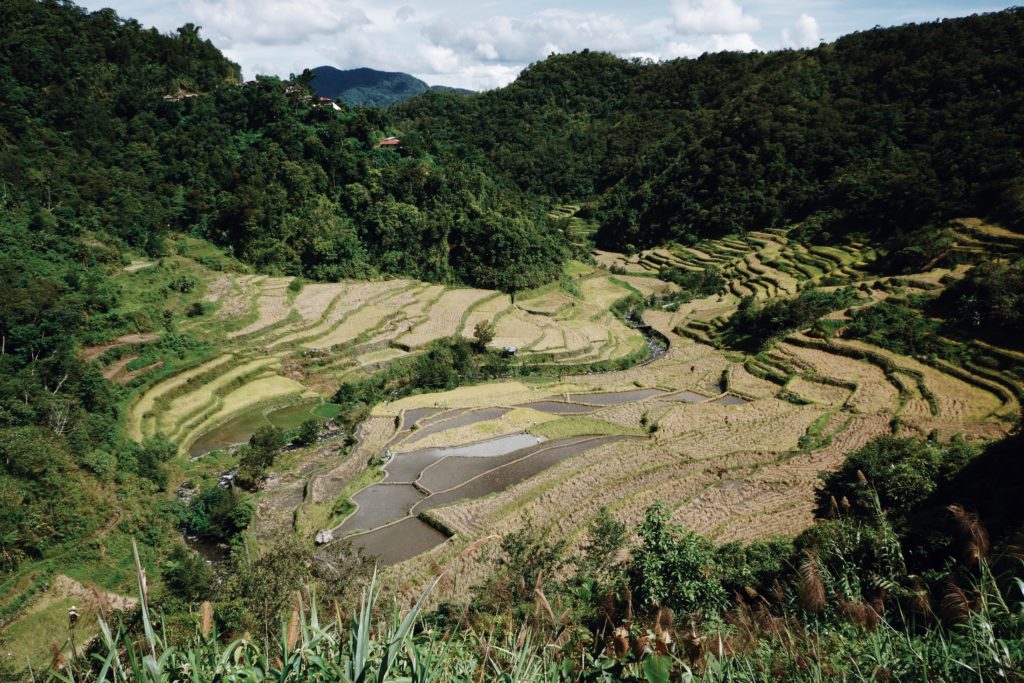
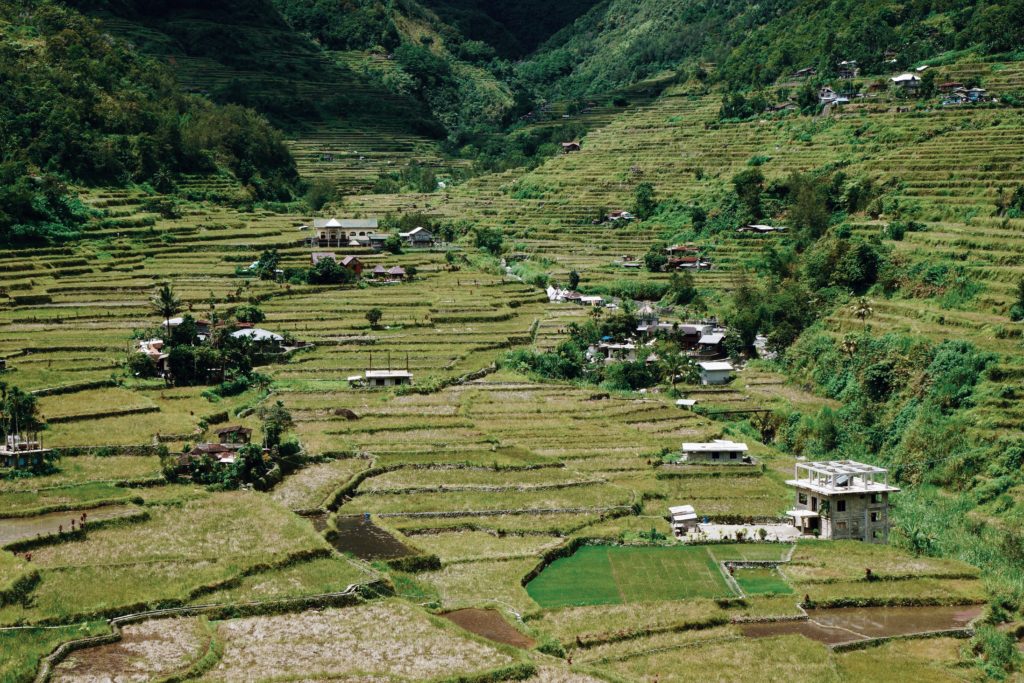
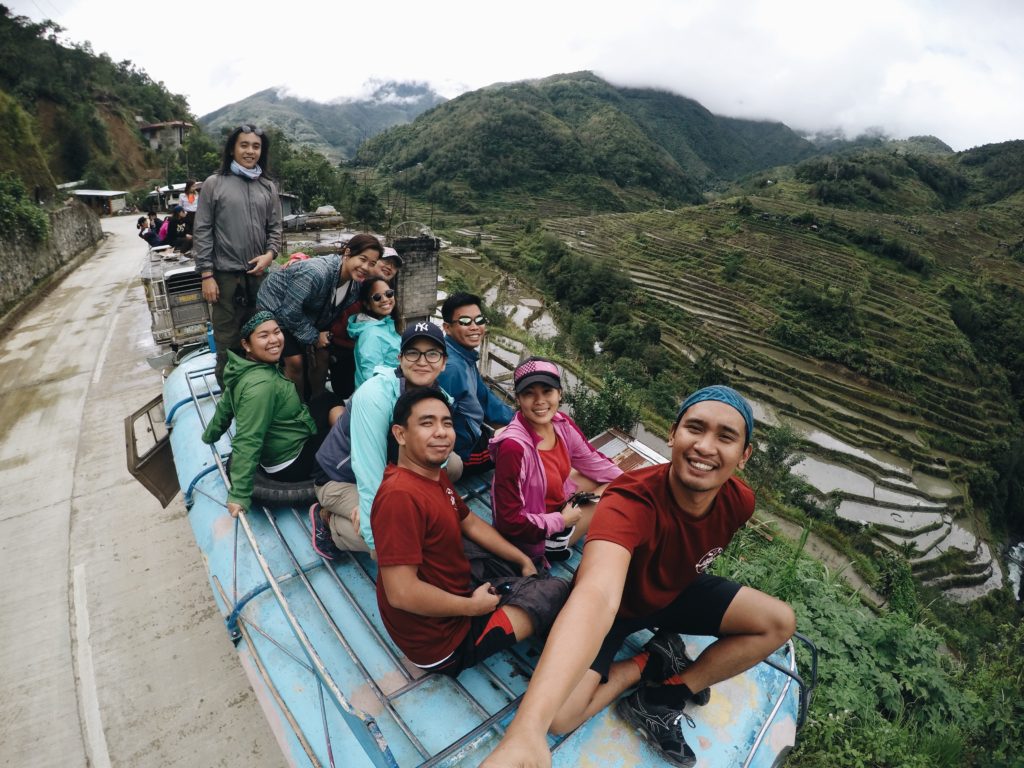
There is no better way to enjoy the breathtaking view than from a great vantage point. In our case, that meant finding our place on the roof of our jeepneys and riding “top load” for the rest of our tour.
History has it that Hungduan was Japanese General Yamashita’s last hideout when World War II ended. Yamashita’s treasure, looted from all over Southeast Asia, is rumored to be buried among the terraces there.
Of the rice terraces that you will be seeing in Hungduan, the two most scenic and majestic ones are located in Hapao and Bacung. The first of the two, the Hapao Rice Terraces offers yet another breathtaking view of the World Heritage site. Further down is the Bacung Rice Terraces, which is best known for resembling a spider web. Unfortunately, part of Bacung was destroyed during World War II, so it took us a little bit of imagination to see the spider web.
Hungduan to Batad
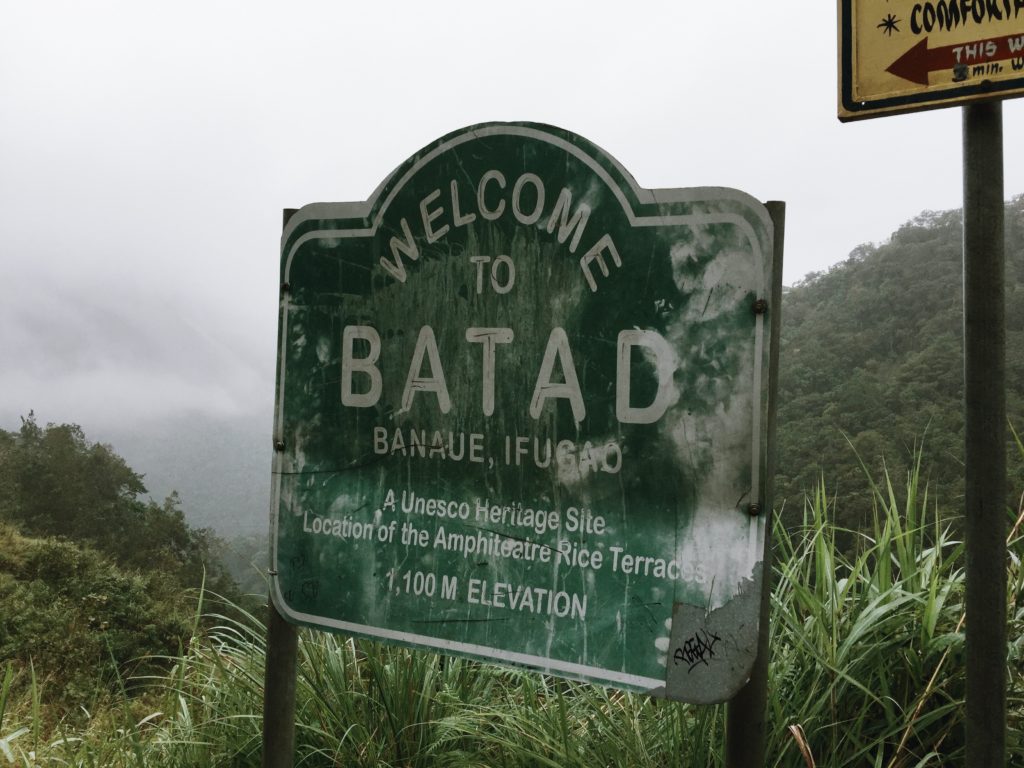
On that same jeepney (optional to stay on top), we made our way to Batad where we would be staying the night. Much like other destinations in the North, trekking is a prime activity. Walking sticks in hand, we made our way down the mountain trail to our lodging: Hillside Inn.
It takes about 15 to 20 minutes to get down to the inn but be prepared for slippery and steep walkways on your way down.
Cultural Show at Hillside Inn
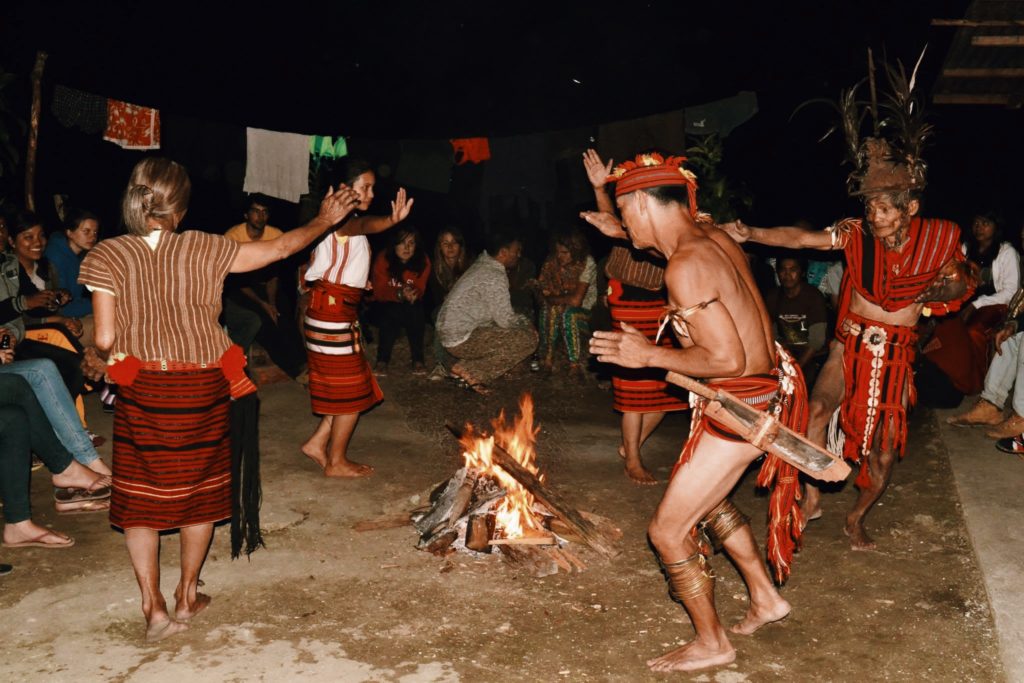
Having had the afternoon to slowdown, get some rest, and mingle with the rest of the tour group, the night ended with a cultural show over a bonfire.
Featuring local villagers dressed head to toe in traditional and contemporary Ifugao garb, we got to learn the steps to an age-old dance, performed during special occasions. Dancing around the fireplace to the sound of traditional gongs and drums, it was an experience that brought us closer to the culture of the people of Batad. Before the fire was put out, the village elders serenaded us with a local song, a fitting end to a jam-packed day.
DAY 2
Trekking through Batad
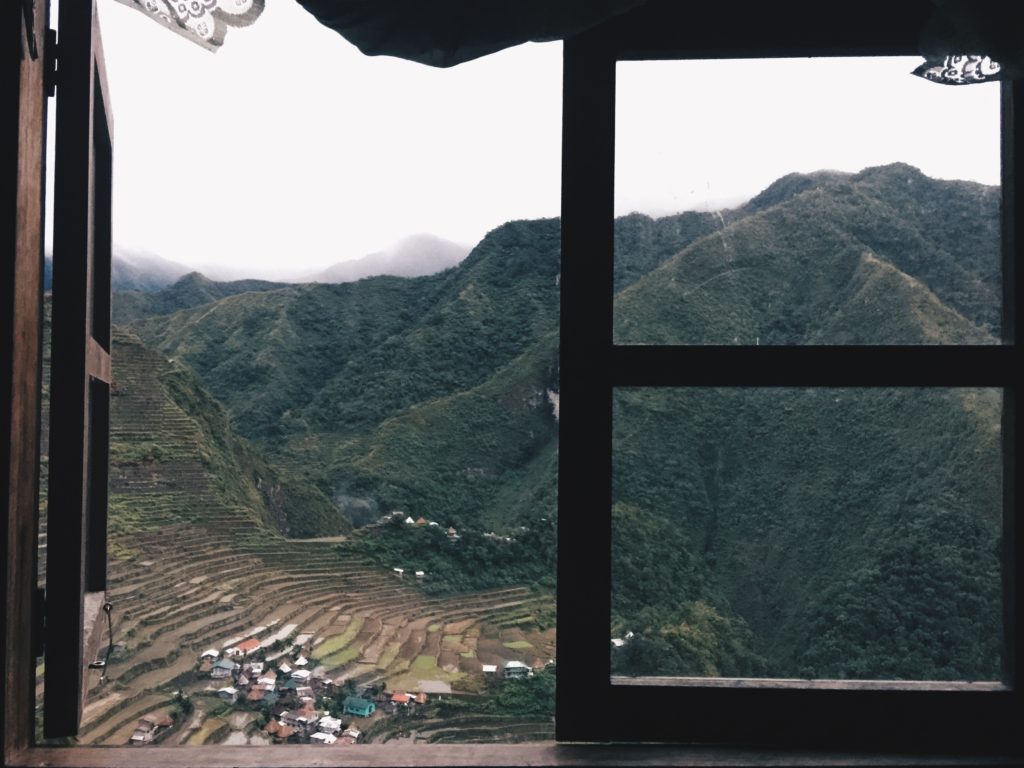
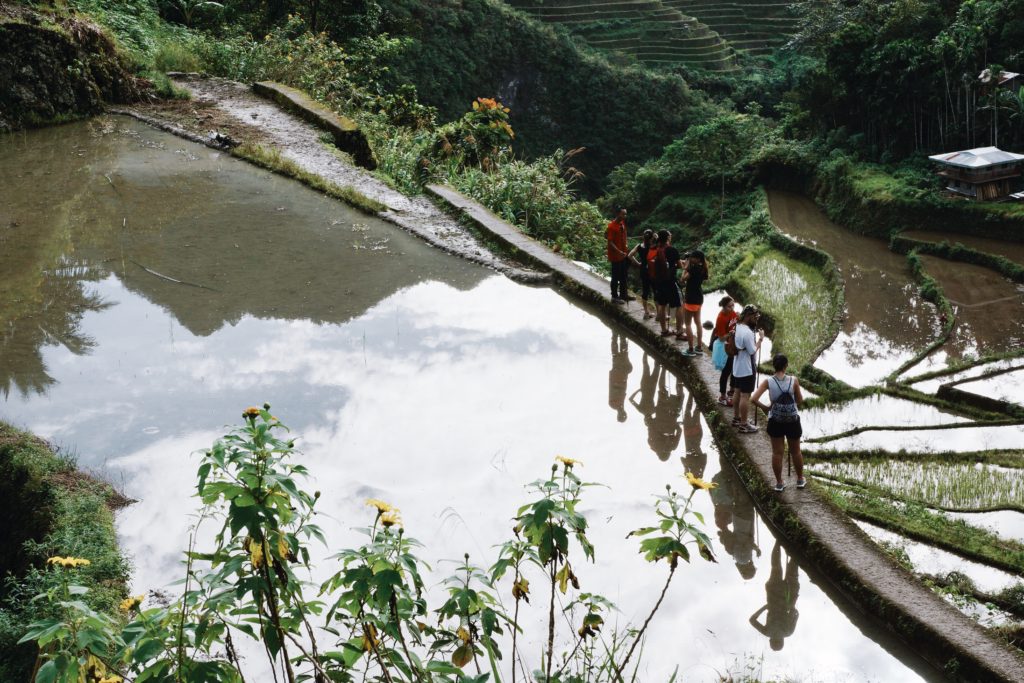
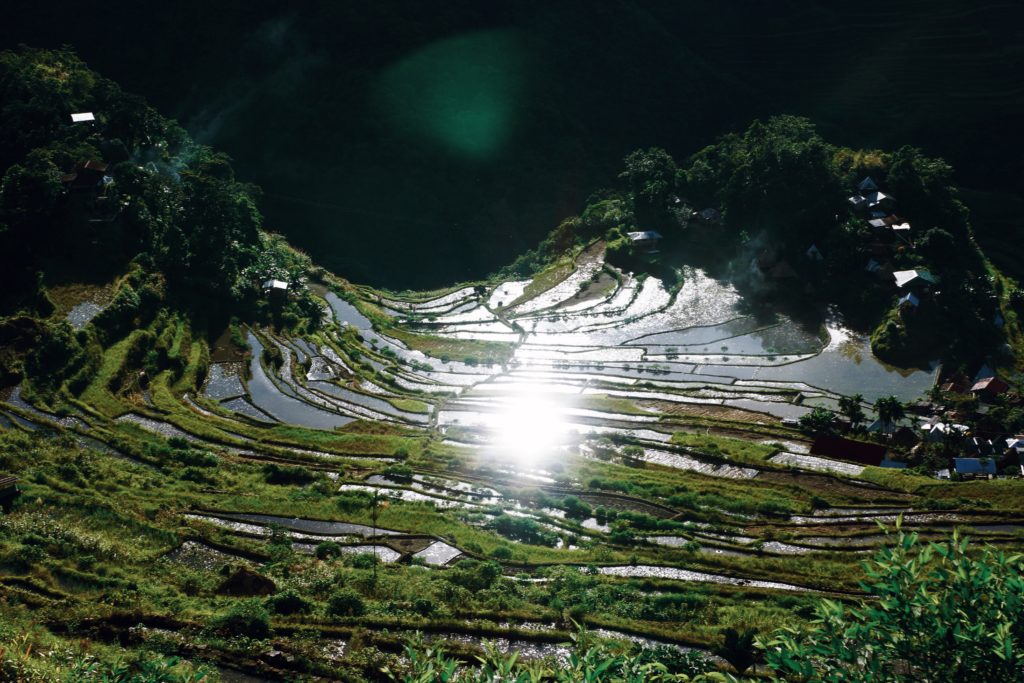
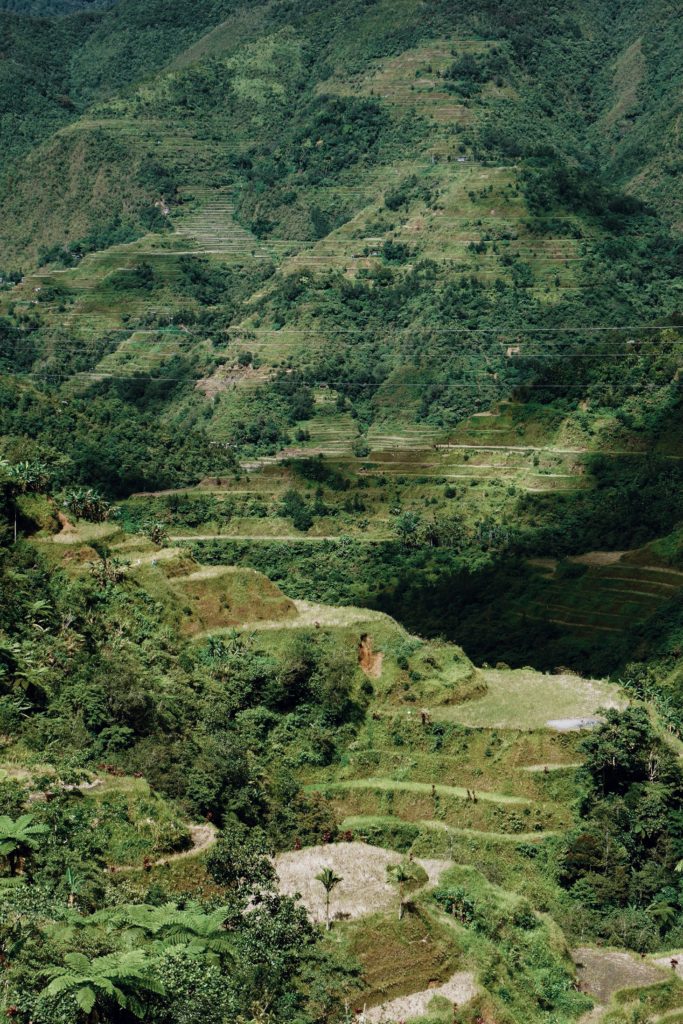
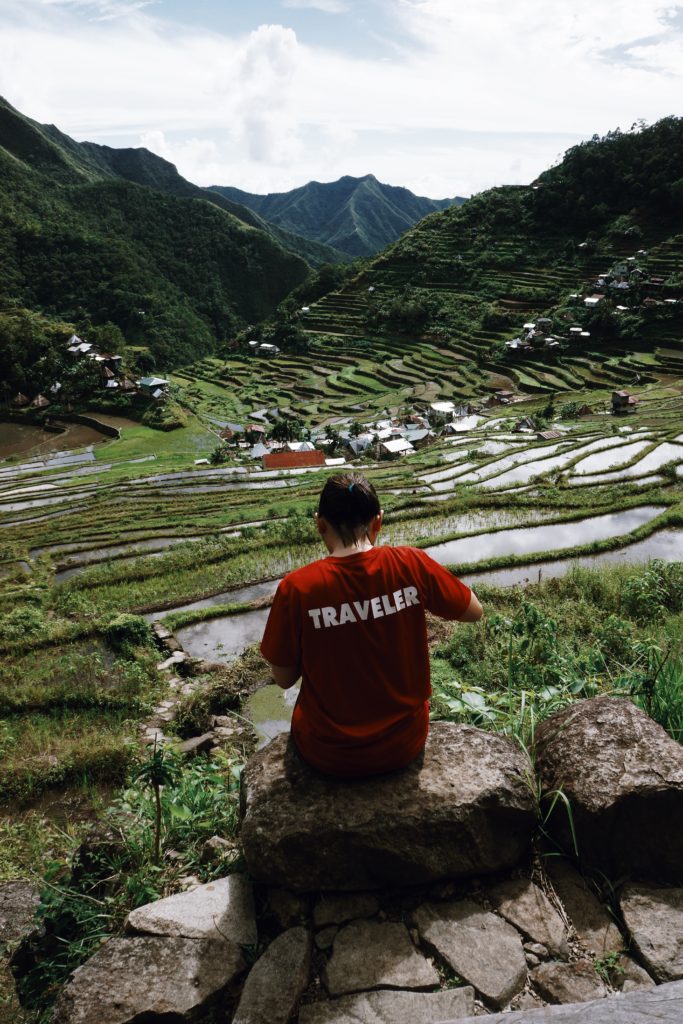
The next day, we were up early for our tour of Batad. Arguably the best and most well kept of the five clusters of Ifugao rice terraces collectively inscribed as a UNESCO World Heritage site, our view was hemmed in on all sides by dramatic emerald terraces. An overwhelming sight of Mother Nature’s grandeur in the form of decades-old rice paddies skillfully built atop one another, it’s the kind of view that takes your breath away, quite literally, too.
Tappiya Falls
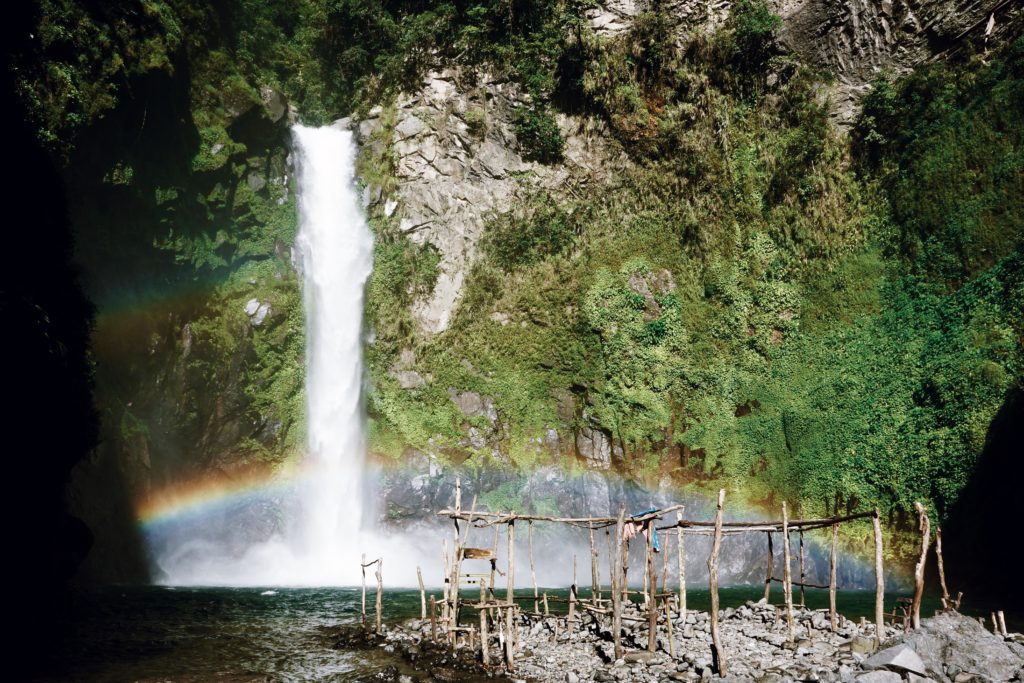
After two hours of making our way up, down, and through the terraces, we finally made it to Tappiya Falls. Because of rain, the narrow walkways were slippery, making an otherwise easy trek a little bit more difficult. But despite the mud and the rain, the mere sight of the Tappiya Falls was enough of a reward. Greeted by the thunderous roar of water falling down into the pool below, it was majestic to say the least, and a great reminder of the beauty that could be found on the roads less traveled. You can make your way down the river to take a dip, but I’d personally leave that for the summer time.
Some places are worth returning to no matter the changes, and Banaue will always be one of those places. Muddied shoes, cool air, and a host of memories to relive over and over, there is something about the North’s charm that will make you keep coming back for more.
ALL PHOTOS COURTESY OF RIA GAMBOA.



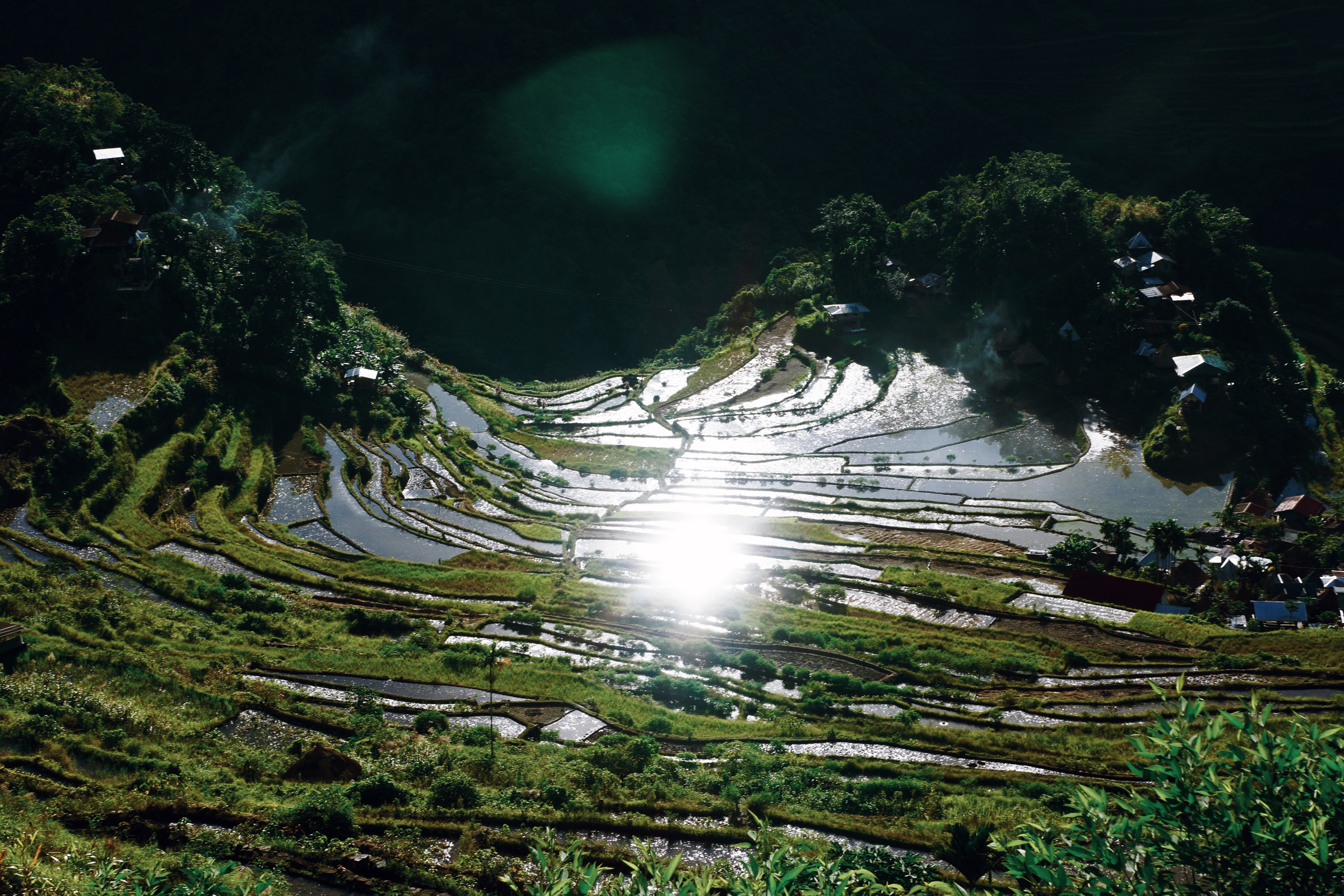

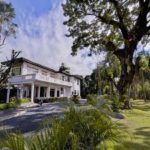

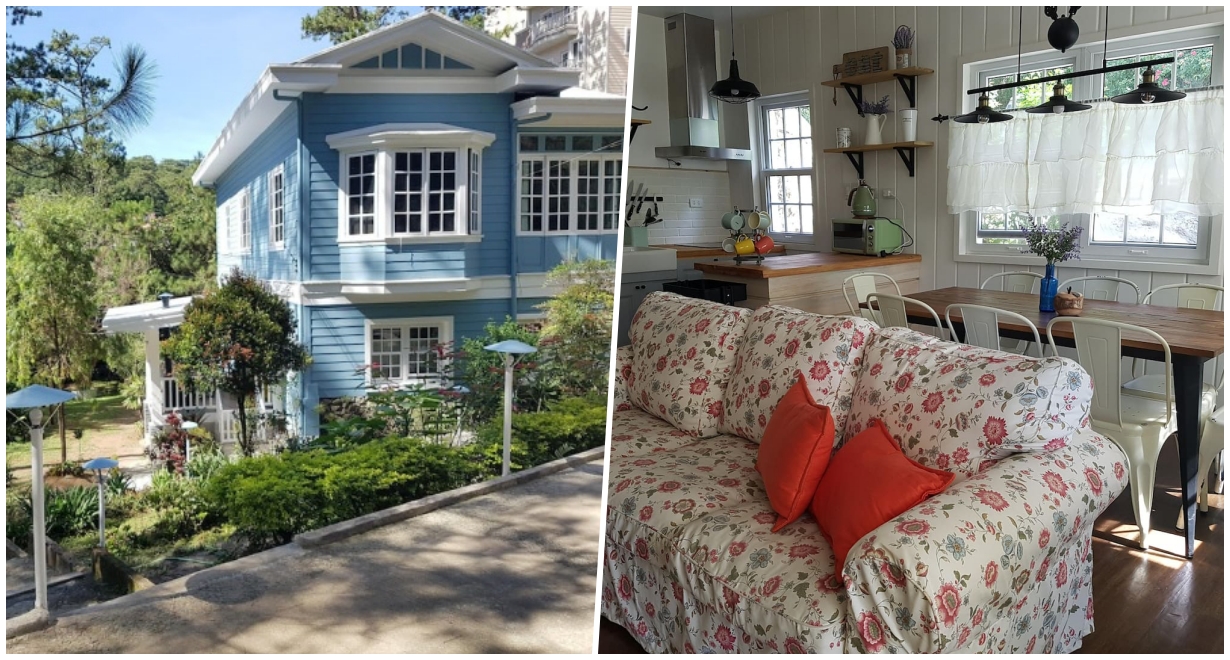
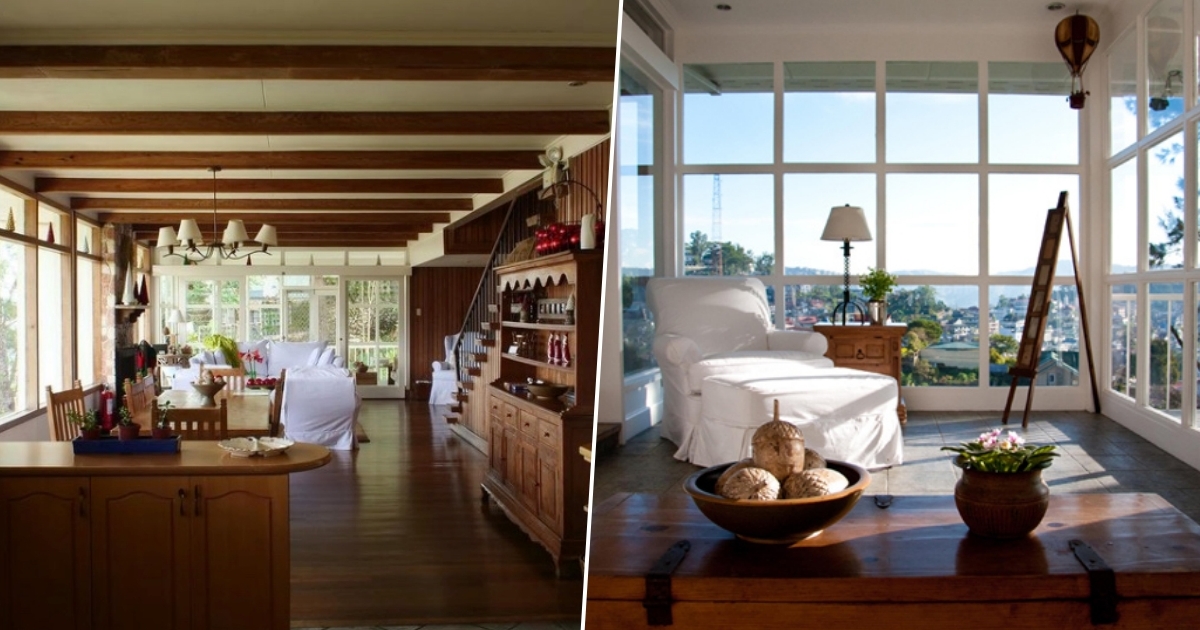
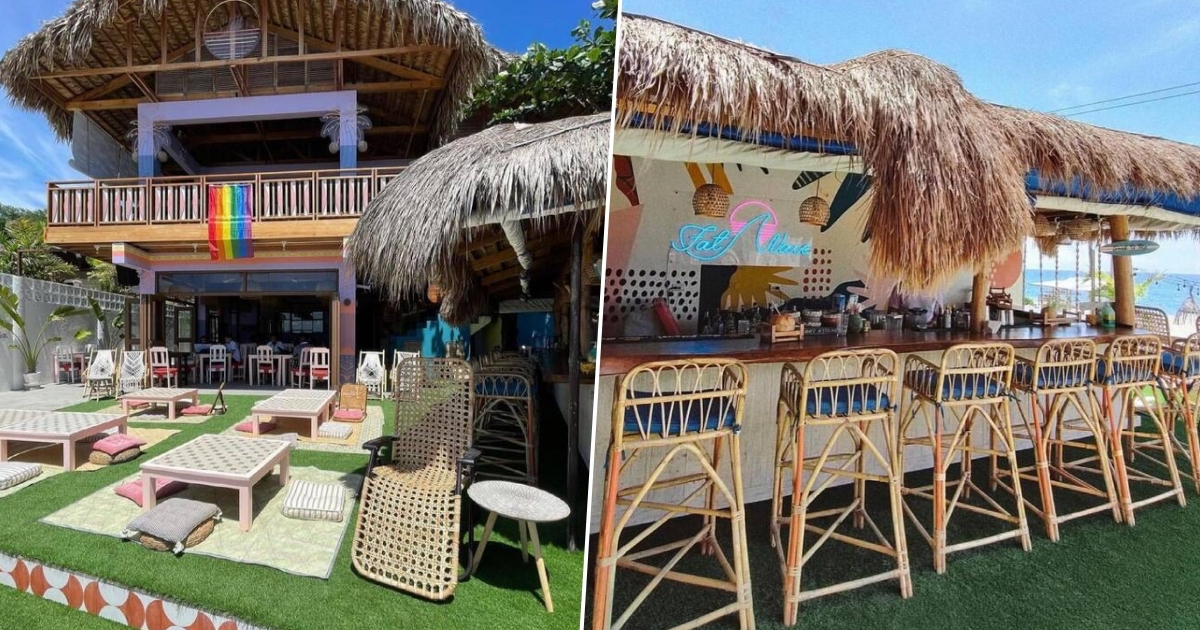
Pingback: The 6 Magnificent Provinces of CAR | Baguio English Schools Association
July 24, 2018 at 1:27 pm
Pingback: CAR的6個壯觀省份 - BESA TW
July 25, 2018 at 9:47 am
Pingback: 6 CARの美しい部 - バギオにおける英語教育のパイオニア
July 25, 2018 at 9:48 am
Pingback: 6 tỉnh ngoạn mục của CAR | BESA VN
July 25, 2018 at 10:09 am
Pingback: CAR的6个壮观省份 – BESA CN
July 25, 2018 at 10:10 am